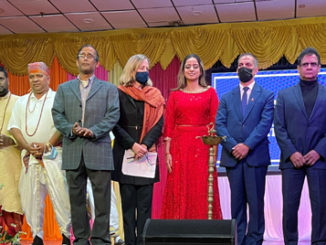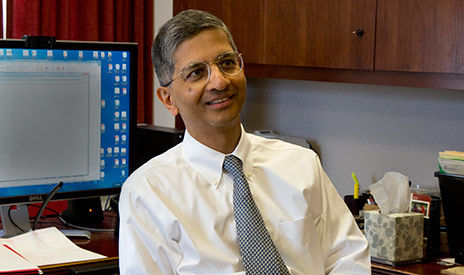
By Subir Roy
What the public sector needs is ‘space’ to overhaul functioning
A banking system is an act of faith. It survives only for as long as people believe it will. — Michael Lewis
Whatever be the shortcomings of Shaktikanta Das, RBI Governor, it is not the inability to call a spade a spade when it comes to describing what ails India’s public sector banks which account for 60 per cent of the banking sector. In a recent detailed address outlining the highlights of half a century of nationalized banking, he has said of all the ‘internal challenges’ facing them, their ‘governance’ is a central concern. It is the ‘elephant in the room’.
This is because some of them have not been led by independent boards whose job it is to ‘foster a compliance culture’ through ‘proper systems of control, audit and distinct reporting of business and risk management’. This, in turn, is because there is an inability to understand risks from a business perspective as there is a ‘skills’ and ‘competency’ gap in the bank boards.
What the banks need is a ‘strong corporate governance culture’ focused on ‘transparency and accountability’ which has to ‘percolate from a strong board which sets the example by leading’, says the RBI Governor. Through this act of self-indictment (if there is lawlessness then that is ultimately the fault of the policeman and the RBI is the regulator for the banking sector), the RBI is also implicitly telling the government that it has tied its hands when it comes to policing public sector banks. The RBI has limited supervisory and legal powers to structure the management of these banks. For privately owned banks, the RBI’s writ in this regard runs deeper.
But in this Das is on a somewhat weak wicket. Is he the sort who can stand up to the government in a battle to get the regulatory turf the RBI needs? He has come in after two governors with international reputation and academic experience left because of their inability to see eye to eye with the government.
Raghuram Rajan, an internationally recognized economist with a record of predicting the global financial crisis which began in 2008, first initiated the process of getting state-owned banks to recognize a non-performing asset by declaring it so, and not carrying on evergreening it through restructuring (grant a fresh loan to pay the interest due and technically repay the loan with the borrower not bringing in any fresh funds). This was followed by the ‘prompt corrective action’ regime under which banks that did not meet certain criteria were barred from further lending. At one time as many as 11 public sector banks were under this straitjacket which converted them into virtual deposit takers.
Rajan was replaced by Urjit Patel who was a less flamboyant personality and more of an academic, but he also failed to get along with the government. There were two specific points of friction. Growing fiscal tightness prompted the government to seek a hefty dividend payout from the RBI which would deplete its reserves, needed to work proactively to quell instability in either the domestic or the external sector (for example, the need to ease pressure on the rupee).
The other was the government’s feeling that the RBI should ease monetary policy in order to address the emerging slowdown in economic activity and gradual fall in the growth rate. Patel failed to deliver on both these issues, and so had to exit.
Temperamentally, Das is the opposite of both his predecessors. A career civil servant, he is clear that at the end of the day it is the government that lays down policy not just for itself, but for the RBI, too, in terms of the statute under which it functions. Das has obliged the government on both counts. The RBI under him has paid a hefty dividend and monetary policy has been eased, with the policy rate being systematically lowered over time. The strict controls on the functioning of several banks have also been eased, though it can be argued that this is because their numbers have improved over the last year.
Now let us come to the issue of governance of public sector banks. The government was well aware of this problem which it had inherited from the previous government, and so fairly early in its first term it set up the Banks Board Bureau to both improve the quality of banks’ top managements by overhauling their selection process, and also creating a buffer to protect managements which sought to do a professional job from political interference.
To show that it meant business the government put at the head of the bureau a high-profile personality, former CAG Vinod Rai whose penetrating reports had exposed the crony capitalism that has prevailed earlier in areas like allocation of airwave spectrum and mining leases. But most unfortunately, the many thoughtful recommendations that the bureau made to the government under the leadership of Rai were ignored and he made a quiet exit at the end of his term. The bureau thereafter became one more faceless cog in the huge government machinery.
Das is dead right in pointing out that it is lack of proper governance that lies at the root of all the ills of public sector banks. But he is not the sort of person who will fight with the government for the space to properly regulate the banks and overhaul their governance. The culture that defines India’s political class, across party lines, makes it inevitable for politicians and senior civil servants to interfere in the running of state-owned banks. And the present political class has shown no signs that it is changing that culture.
(The author is a senior economic analyst)





Be the first to comment